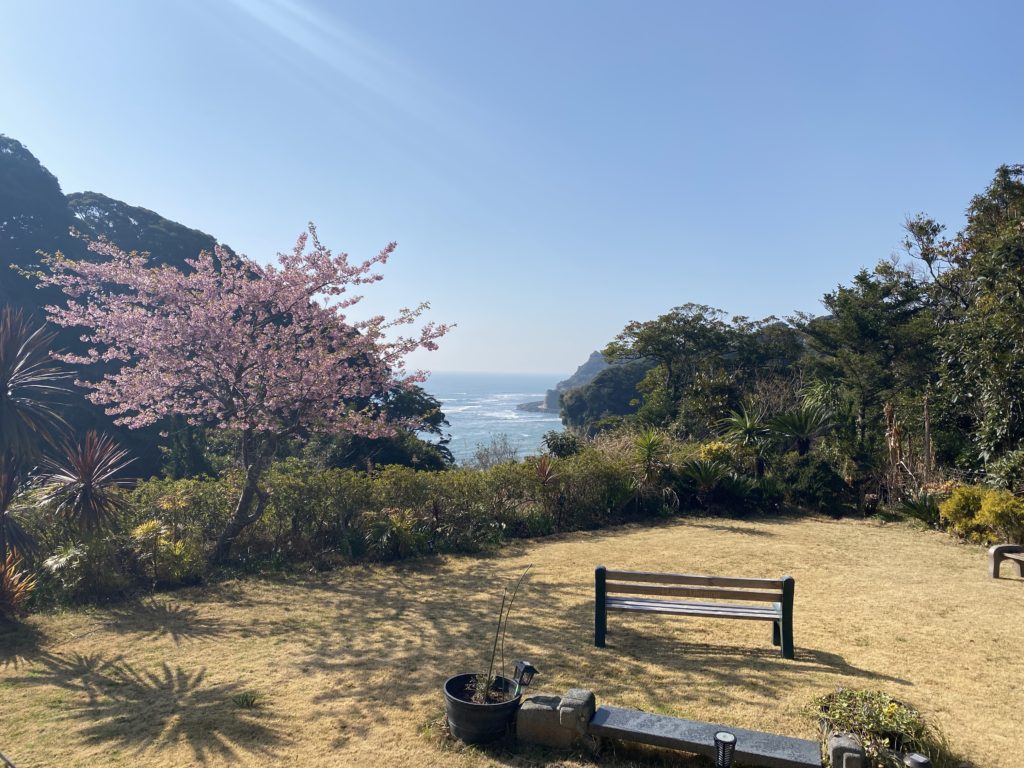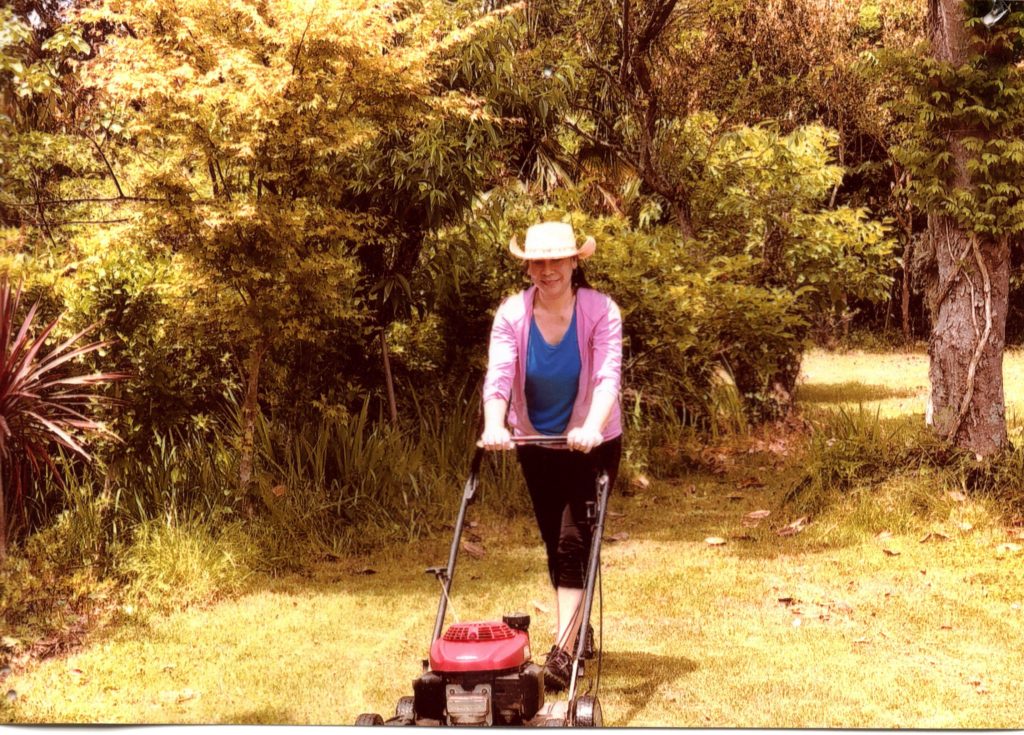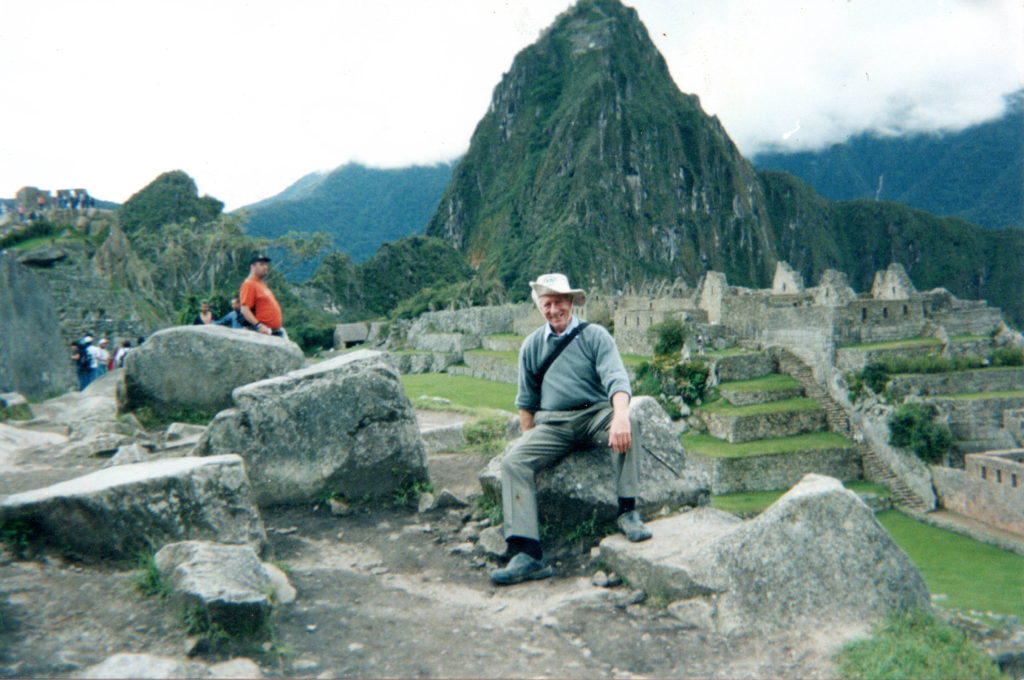Chapter 78 – A Latino Connection
BETWEEN FIVE WORLDS: CHINA, RUSSIA, JAPAN, PERU AND AUSTRALIA.
BETWEEN FOUR CAREERS and FIVE LANGUAGES
To A Very Different World – Latin America
1. Nakadaki Development Sold
2. Enter Peru
3. Latin America: Beauty amid Poverty
At age 70, blackballed in Japan over the phoney North Korea abductee issue, and with no more Japanese universities offering careers, I set about creating a new life.
First priority was to turn my Nakadaki operation into something viable.That was not easy.
1. Nakadaki Development Sold
My initial aim had been to turn the place, with its twenty or so cabins, six Lockwood houses, a restaurant serving Indian food, a bath house, two large parking and sports grounds, over to one or other of my two sons.
But by this time they were already up to or over forty years of age, and had established themselves in their own businesses – Dan had his own translation/interpreting company, Ron in his sports and camping ground business.
As my original Nakadai tenants moved on, I had to go out and find new ones. That was getting difficult. And I was still fighting with my back problems.
A man with an accomodation and bar business in Tokyo offered to rent the entire property on a lease-purchase basis. I agreed, though it meant eventually he would become the owner.
He made some improvements, found new customers from this bar clients in Tokyo, paid his rent on time and eventually got a bank loan to cover the balance owing.
By this time I had found found the ideal person to act as manager. But too late. So I had to pass over the roads, buildings, parking areas, water system, flowering trees – everything I had created over some 20 years – for a figure in my bank balance.
…
I go back there sometimes. At night it all seems magical – the paths up the hills between lit-up cabins filled with activity.
That loss was sad. But it let me concentrate on a smaller development of some sea-view hills around my house in the nearby Ohara district. That was much easier to manage.

That development ended up with a population of around six families spread over two hillsides with cabins and houses, a tennis court, and my own house attached.
…
My operation-damaged health was gradually recovering, but overall I had been forced to slow down.
They never discovered a proper cure for CIDP, but I keep hoping.
One by-product perhaps: the disease is caused by an over-active immune system eating away at the soft material around the nerves. But perhaps as a result I seem to have avoided all the other diseases that go with my age.
That over-active immune system keeps them at bay.
2. Enter Peru
Working near my Nakadaki development were some Latino people who had been able to stay on in Japan after the Bubble-era labour shortage had passed.
They were part of the many middle class people forced to flee Peru during the Senderista (Shining Path) troubles of the eighties and nineties.
One of them (Carolina) spoke good Japanese which she had picked up while working.
She offered to help me improve my past sporadic Spanish by insisting we talk only in the language. I offered to help with her visa for Japan.

(Spanish is a deceptive language. It seems to be easy but when you get into it you find the difficulties. I spent another fortune on textbooks only to find there is quite a lot of good material on television.
(One of those books is almost two inches thick and is devoted entirely to Spanish verbs. It makes good doorstop material.)
Learning Spanish
My interest in Spain had been kindled while at university in Oxford.
The daughters of rich families were being sent there to learn English. I and my scruffy mates were only too happy to help teach them.
We did not deserve them. They were much more vivacious and educated than we were, and already fluent in two or more languages.
One – Lola – had even taught me some rude Spanish phrases.
They stuck in the memory and I liked to I trundle them out each time I met a Latino or a Spaniard.
That way I could feel I still had some connection with the language.
On the slow, Suez-delayed boat trip back to Australia in 1956 I even tried to repeat my ’Teach Yourself’ book experience, this time with Spanish.
But I did not get far.
Many years later, however, in Boso I was to find myself in urgent need to become much more serious about learning Spanish.
At first I tried to impress Carolina with my Lola Spanish (todos los hombres son una mierda secha – all men are dried turd.)
But that did not get me very far.
…
Her English was already passable. But she preferred to talk Spanish, mainly to encourage me in my efforts I suspect.
I spent a small fortune collecting books that promised me Spanish fluency. But I had lost the language skills of my youth.
Fortunately we could also talk to each other in Japanese, until my Spanish got better.
And needless to say when I finally got to Latin America, the thick accents (in Peru especially) and rapid talking meant I discovered I really did not understand very much anyway.
3. Latin America: Beauty amid Poverty
But I did discover a few other things.
I discovered the strength of the Latino family. Carolina was one of nine children. Her relatives are scattered in every direction. But when they come together once a year it is dancing and drinking and eating and talking, endlessly.
Any excuse can call for a fiesta; one town in the Andes boasts 400 in a year. They coexist awkwardly with a strong dose of bureaucracy which seems to be a Spanish hangover.
…
I discovered too how free trade has tragically crippled most manufacturing activity and wrecked the economy of this once attractive society.
Peru used to make textiles of quality but many brands have been wiped out by cheap Chinese imports.
With its educated middle class Peru would be an ideal target for my selective protectionism idea, but….
…
But with their artistic sense the Peruvians excel in architecture. The condominiums that line the cliff coasts of Lima, the capital, are first-class. Many are sold to rich Americans and Europeans. I ended up with one. Not much Chinese competition there, fortunately.
The poor survive in unserviced shacks on the dry hills behind the city strung along the coast. Crime is a problem, unsurprisingly.
An even larger problem is the unemployment caused by excess population growth relative to employment opportunities.
The Catholic religion is strong. But even without its contraception ban large families would prevail – what are people going to do to occupy themselves in an impoverished society with few other affordable attractions? (This particular circular link between poverty – large families – continued poverty is not realised strongly enough perhaps.)
There, even more than in Australia, one is forced to realise the harm caused by the inability to create a manufacturing base. Australia can survive with its service industries (and submarine making?) perhaps. Peru has very little less to turn to unless it can control the unemployment problem caused by excessive population growth.
But Lima has a vitality, absent from Japanese cities. Carolina made no secret of what she prefers. I would too, but for the problem of crime.
But then again Lima has no subways. Life above ground seems more subdued when when much of the population and transport moves among the bars and restaurants below ground, as in Japan.
Discovering the Other Peru
Many others have written about the attractions of Peru, with its still strong Inca civilisation spread over the spectacular Andes. Many still speak Quechua, the original Inca language.

I discovered another world they do not tell you much about – on the other side of the Andes and Machu Pichu. There you are already into the jungles and swamps of the Amazon headwaters.
From Lima to Pucalpu on the Amazon is only one hour flight over the Andes. It is Peru’s version of a Wild West. No more fussy Latino courtesies. Motor bikes roar all night. Distances are enormous, Australian almost.
The vast areas of the upper Amazon jungle in Peru would seem to have potential.
But so far they are looking at not much more than the tropical timber.
The trucks carrying enormous loads of quality timber for the quality condos of Lima trundle over the Andes, a three day drive. They lose a couple of drivers a month. No one seems to care too much.
…
Like Australia increasingly, the economy survives through export of raw materials – copper, silver, fruit. For a smaller country that can be OK.
But it is a dead-end growth formula when it comes to maintaining a large population in a highly competitive world – 34 million.
However with their artistic sense the Peruvians excel in architecture. The condominiums that line the cliff coasts of Lima, the capital, are first-class. Many are sold to rich Americans and Europeans. I ended up with one. which I will use in my old age. Not much Chinese competition there, fortunately.
The poor survive in unserviced shacks on the dry hills behind the city strung along the coast. Crime is a problem, unsurprisingly.
An even larger problem is the unemployment caused by excess population growth relative to employment opportunities.
The Catholic religion is strong. But even without its contraception ban large families would prevail – what are people going to do to occupy themselves in an impoverished society with few other affordable attractions? (This particular circular link between poverty – large families – continued poverty is not realised strongly enough perhaps.)
There, even more than in Australia, one is forced to realise the harm caused by the inability to create a manufacturing base. Australia can survive with its raw materials, service industries (and submarine making?) perhaps. Peru has very little less to turn to unless it can control the unemployment problem caused by excessive population growth.
But Lima has a vitality, absent from Japanese cities. Carolina made no secret of what she prefers. I would too, but for the problem of crime.
But then again Lima has no subways. Life above ground seems more subdued when when much of the population and transport moves among the bars and restaurants below ground, as in Japan.